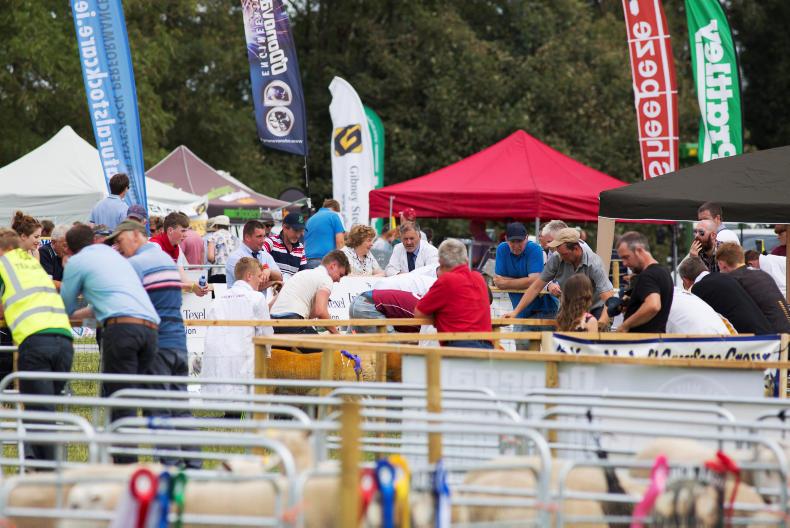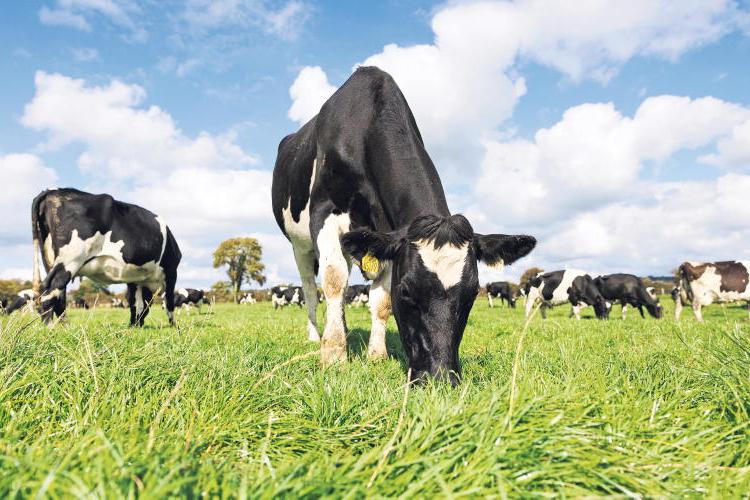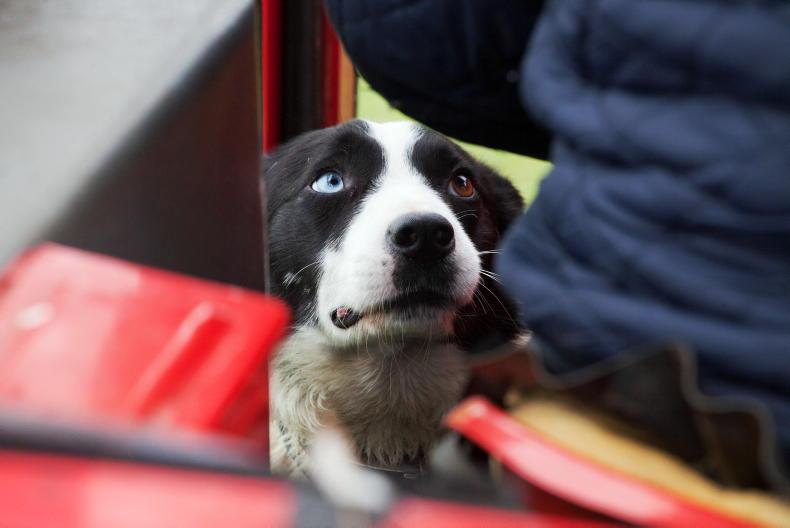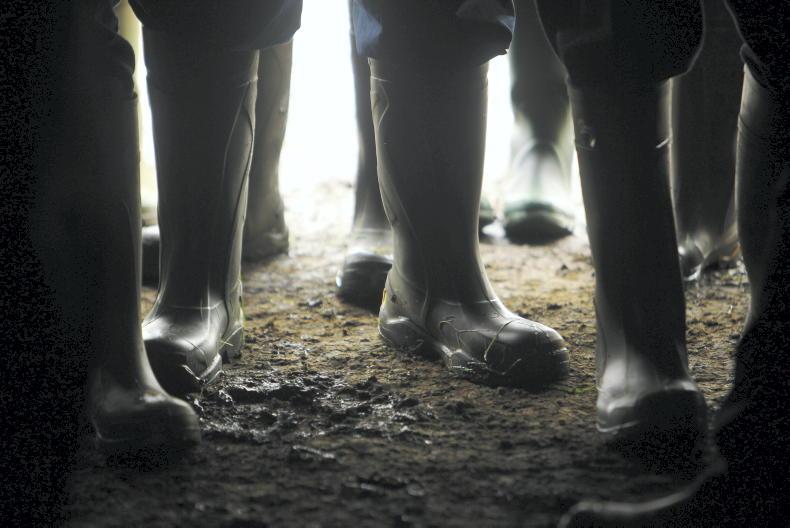The extension of mandatory electronic identification (EID) tagging to all sheep sold from 1 October 2018 is approaching fast. It is therefore not surprising that tagging was a popular topic at last Saturday’s Sheep 2018 Farm to Fork held in Teagasc Mellows Campus, Athenry, Co Galway.
The topic was raised in the industry discussion focusing on Brexit and market prospects and also featured prominently in an IFA survey of 492 respondents at the event. Farmers’ main grievance since the announcement in May has been that they are the ones who are being asked to foot the bill, which translates to an annual extra spend of close to €2m.
Many took exception to Minister for Agriculture Michael Creed offering a once-off payment of up to €50 per farmer, irrespective of flock size, to help cover the additional costs faced while others pointed to factories benefiting from EID tagging and taking the opinion that factories should bear some of the costs.
This was reflected in the survey, as shown in the top graph on this page, with 63%, or 307 respondents, deeming that the Department of Agriculture should bear the additional cost of electronic tagging while 31%, or 150 respondents, believe factories or marts should shoulder the additional costs. Responding to a question on whether farmers see any benefit to be gained from EID tagging, 62% of the participants said they did not see any benefit with the remaining 38% believing farmers will benefit from EID tagging being extended across the entire flock.
Alternative options
Commenting on the results of the survey, IFA national sheep chair Sean Dennehy said: “IFA has made it very clear to Minister Creed that sheep farmers are not prepared to carry the cost of EID. The decision of the minister to impose EID from 1 October 2018 will cost sheep farmers €2m per year, and we cannot afford additional costs on this very low-income sector.”
Sean says the IFA has put forward alternatives. “We have met with Minister Creed and put detailed proposals to the Department of Agriculture for a €1 per tag subvention on the costs of EID. The IFA has also proposed that it should not be necessary to extend EID to sheep that go from the farm of origin directly to slaughter as it adds nothing to traceability.”
While over 60% of farmers do not feel EID tagging will reap rewards, the country’s sheepmeat processors and Bord Bia are backing its introduction as paving the way for increased market access and also in safeguarding existing markets. Speaking at the industry discussion chaired by Irish Farmers Journal editor Justin McCarthy, Declan Fennell of Bord Bia said: “Anything we can do as an industry that underwrites market access can only be good. It will make us more competitive in export markets with other competitors such as the UK that already have it and it will help our reputation in negotiating access to new markets. Our job is about future-proofing the industry and we need to have a mature debate about EID tagging.”
This was a view echoed by John Walsh, general manager at the Irish Country Meats Camolin plant, who also refuted the suggestion that factories are supporting EID tagging on the premises of reduced labour. “It has been said regularly that it [EID tagging] will be a great saving to processors by virtue that we don’t have to read lambs coming up the line. Even if that was the case it is only one man involved and, for us, EID is for auditing purposes and safeguarding markets. Tagging and recording numbers is exposed to human error and the EID tag gives us greater confidence in that. As Declan said, new markets are looking for it but existing markets are also now looking for it and we have to factor in the opportunity cost of not losing markets.”
Replying to a question if EID will improve farmgate returns, John said: “Our interest is in a 52-week supply at a sustainable price. 2018 has delivered significant improvements back to the farmer. Would EID help that? I don’t know but I hope so.”
Tag quality
Some 67.8% of farmers surveyed had no problems with the quality of tags supplied in the past. 18% of farmers reported issues with up to 10% of tags, while 14.2% of farmers had problems with 10% or more of the tags supplied.
Sheep Welfare Scheme
The existing Sheep Welfare Scheme model of delivering support payments edged out a coupled ewe payment as the preferred choice of support. Some 41% of farmers favoured the Sheep Welfare Scheme while 38% opted for a coupled ewe payment and 20% of farmers selected a scheme based around environmental measures as their preference.
Commenting on the outcome, Sean Dennehy said: “Having secured €25m in funding for the €10 per ewe Sheep Welfare Scheme in 2017, IFA is pushing for an additional €5 per ewe environmental payment under the RDP. With average incomes of €16,897 in 2017, sheep need additional support.”
Rewarding lamb quality
The majority of sheep farmers want a payment that rewards lamb quality or quality assurance status. 45% of respondents had a preference for a payment based on lamb quality while 32.6% favoured an additional payment for quality assurance. The remaining 22.3% opted for a flat price payment mechanism.
40% higher losses
Farmers have endured one of the most challenging years, with extremes in weather. Some areas of the country got hit worse than others, resulting in variability in weather-related losses recorded. A total of 56.1% of farmers reported normal levels of mortality this spring while 20.7% said they had up to 10% higher losses, 16.1% recorded 10% to 20% more losses while 7.1% were very badly hit recording losses rising in excess of 20% of normal levels.
The survey was completed across a random sample of visitors to Sheep 2018 Farm to Fork. There was a good breakdown in the age of farmer and farm type. Some 53.4% or 260 respondents were aged 40 to 65 years followed by 24.4% ranging in age from 17 to 40 years and 22.2% aged over 65 years. The survey was split evenly between farmers listing sheep as their main enterprise and those listing sheep as the secondary enterprise on the farm. Some 80% of farmers classified their system as lowland with 20% hill respondents. There was also a good mix in flock size, with 30.5%, or 149 farmers, possessing 50 to 100 ewes, 29.9% farming between 100 and 200 ewes followed by 21.1% with more than 200 ewes and 18.4% with fewer than 50 ewes.









SHARING OPTIONS